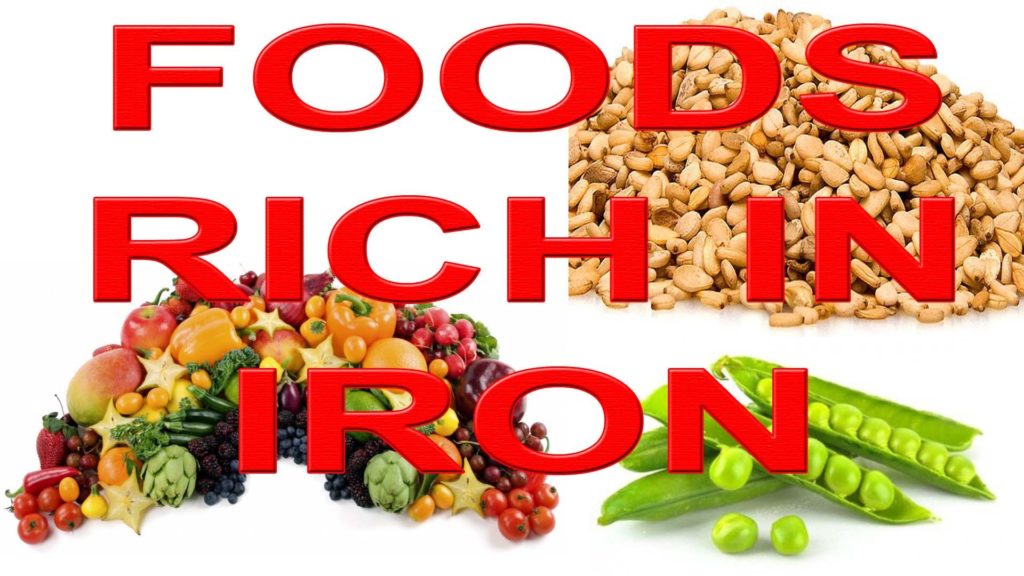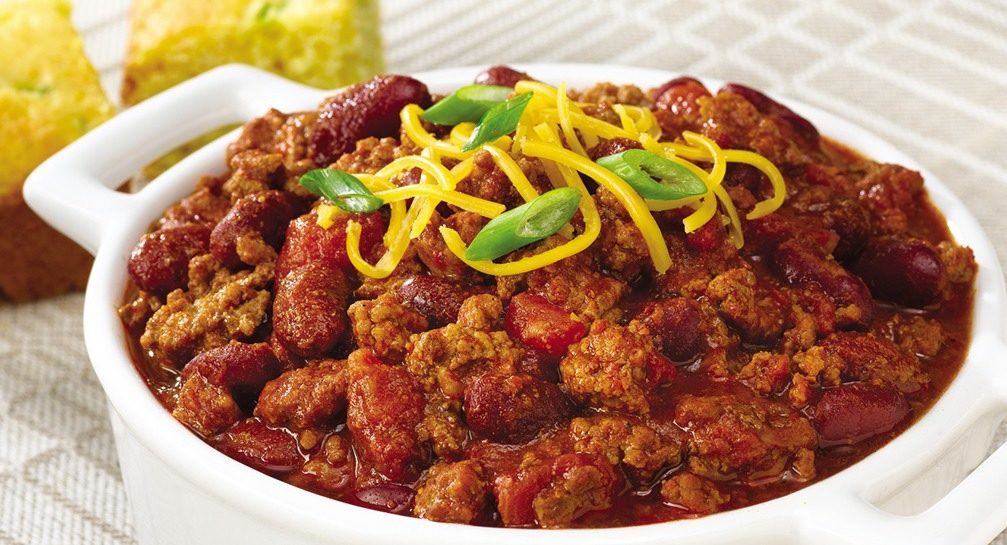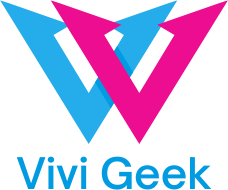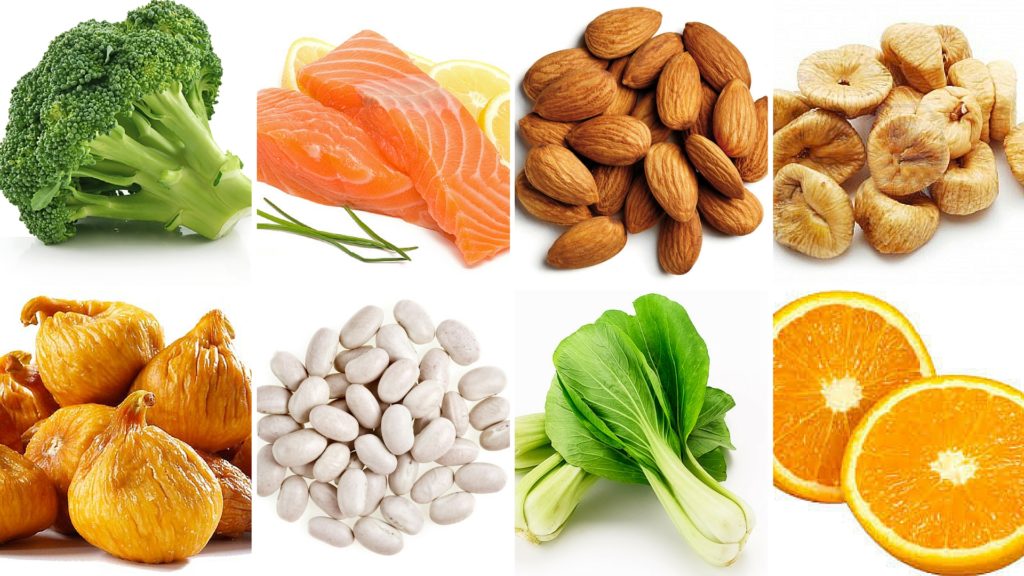To gain energy and avoid fatigue or worse, anemia, better garnish diet of foods rich in iron. Where to find them? Here is our list of top 10 foods rich in iron.
What are our iron needs?
We need up to 16 mg per day to cover our needs estimated at 2mg per day. These vary depending on many circumstances: a woman often needs more iron than a man, simply because women have menstruation, during which they lose blood, so much of hemoglobin, therefore, iron. It also has an increased need for iron during pregnancy. This is why midwives and gynecologists prescribe iron during pregnancy to prevent fatigue-related blood loss during delivery.
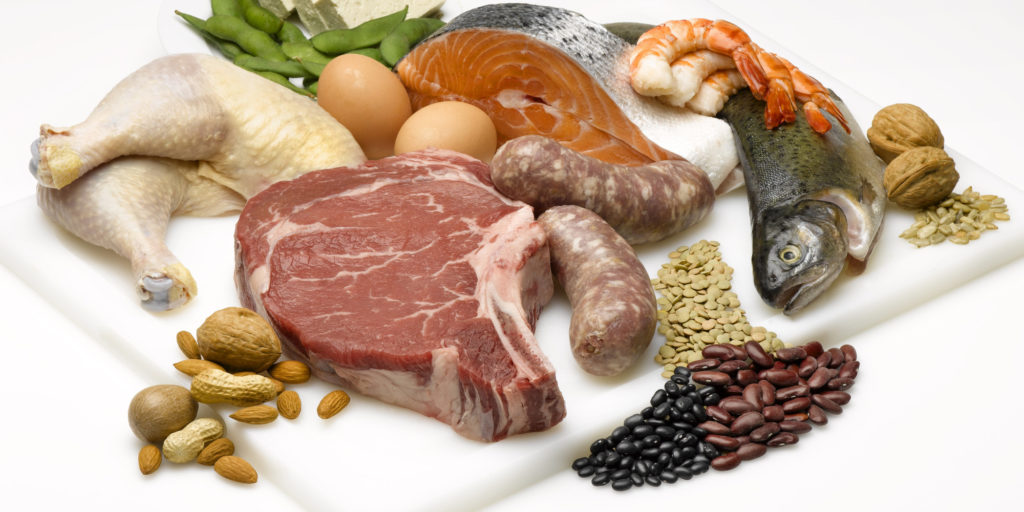
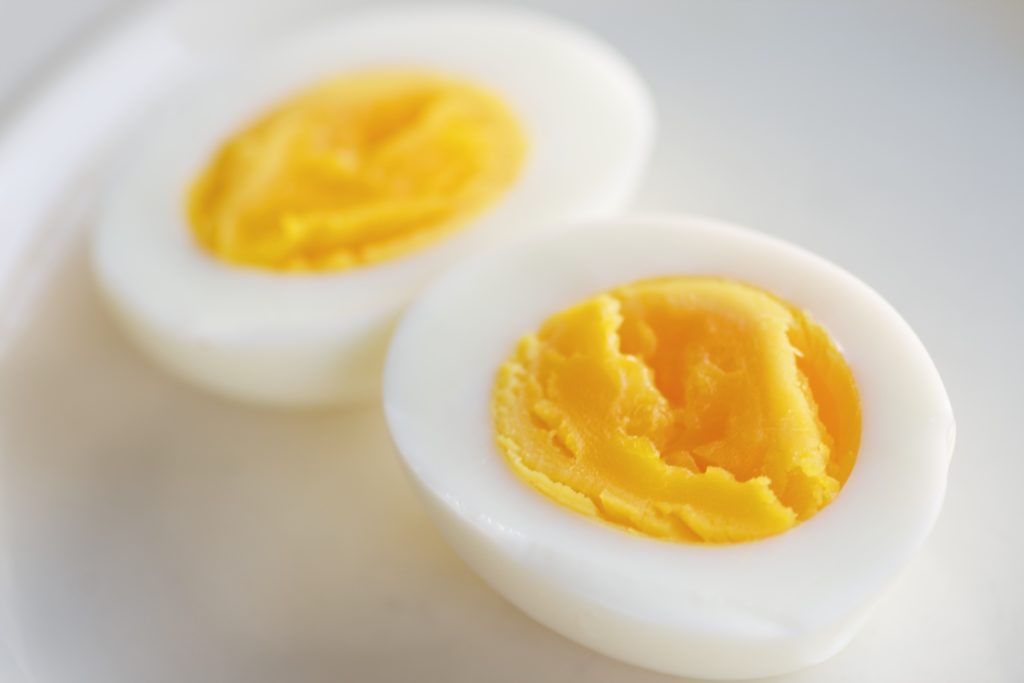
What is the iron that we eat?
Iron helps in the production of hemoglobin that carries oxygen in our cells. So without iron, no health at the top. Besides, when a lack of iron is anemic, and it is characterized by pale skin and fatigue.
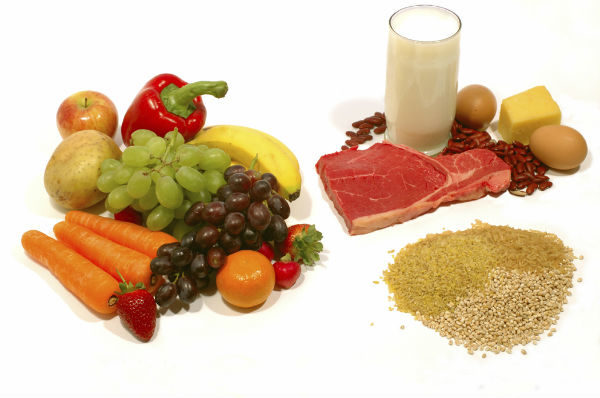
The iron in vegetables is not the iron in meat
To fill your body with iron, just put a food source of iron on your plate. Namely: the iron from animal foods is more easily absorbed than the plant iron. There is talk of heme iron when it comes to meat, eggs, fish, and non-heme iron when it comes to iron plants, such as lentils, chickpeas, dried fruits, and whole grains.
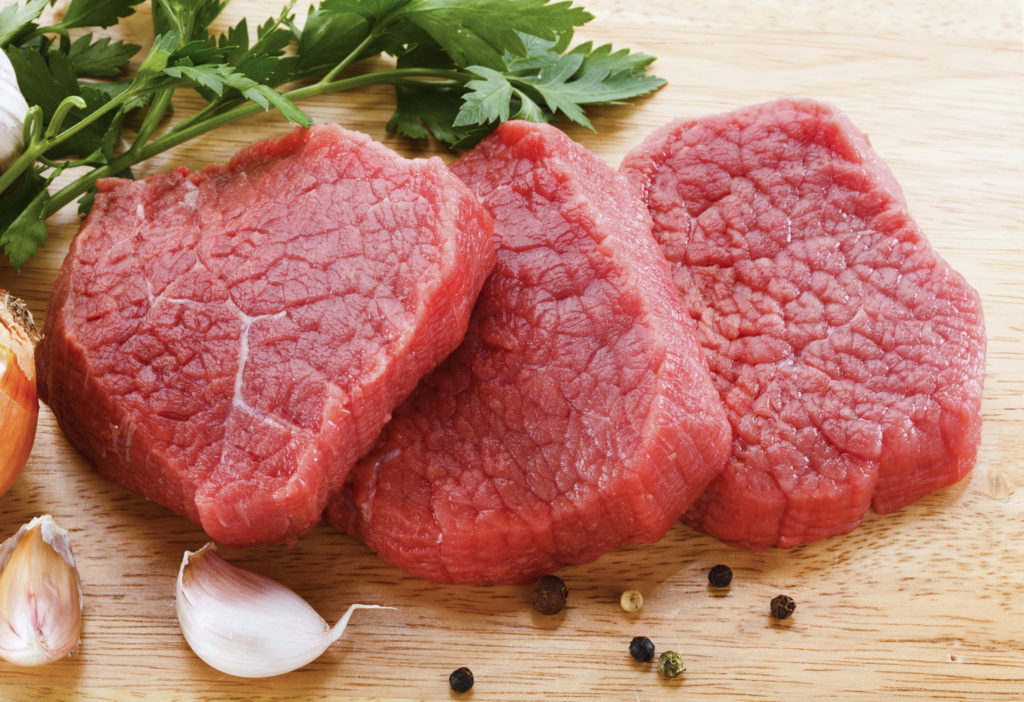

How to better absorb iron from food?
The problem with iron is that it assimilates a small part (5 to 10% of what we swallow). Thus the iron in meat is “bioavailable” But only 25% plant side, iron is bioavailable to 10%. And spinach? Contrary to legend carried by Popeye, spinach contains relatively little iron, and its bioavailability is low. However, spinach provides vitamin C, which is essential for the proper absorption of iron. Also, to better absorb iron from the diet, it is recommended to take vitamin C at the same time (orange juice, raw vegetables, fruits, vegetables, etc.). Unlike the tea rich in tannins, it disrupts the proper absorption of iron, just like coffee.
